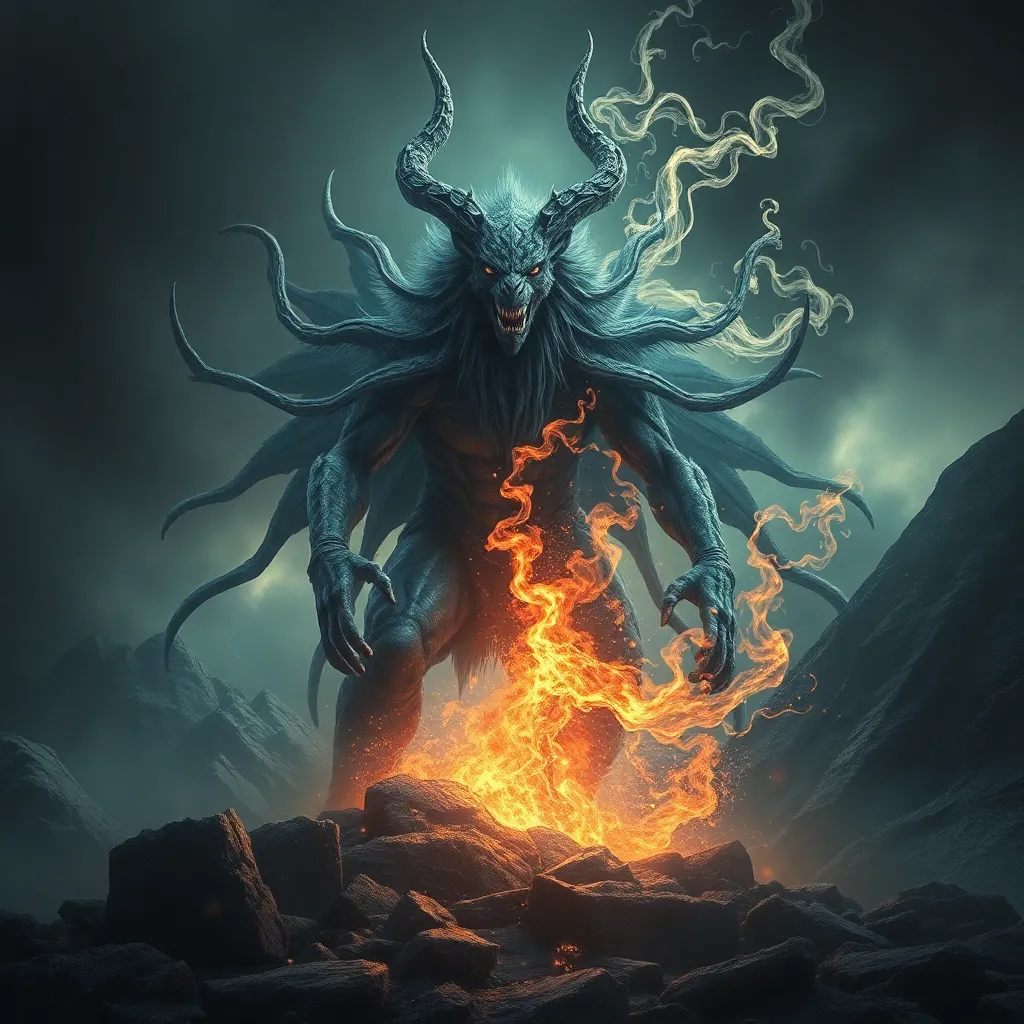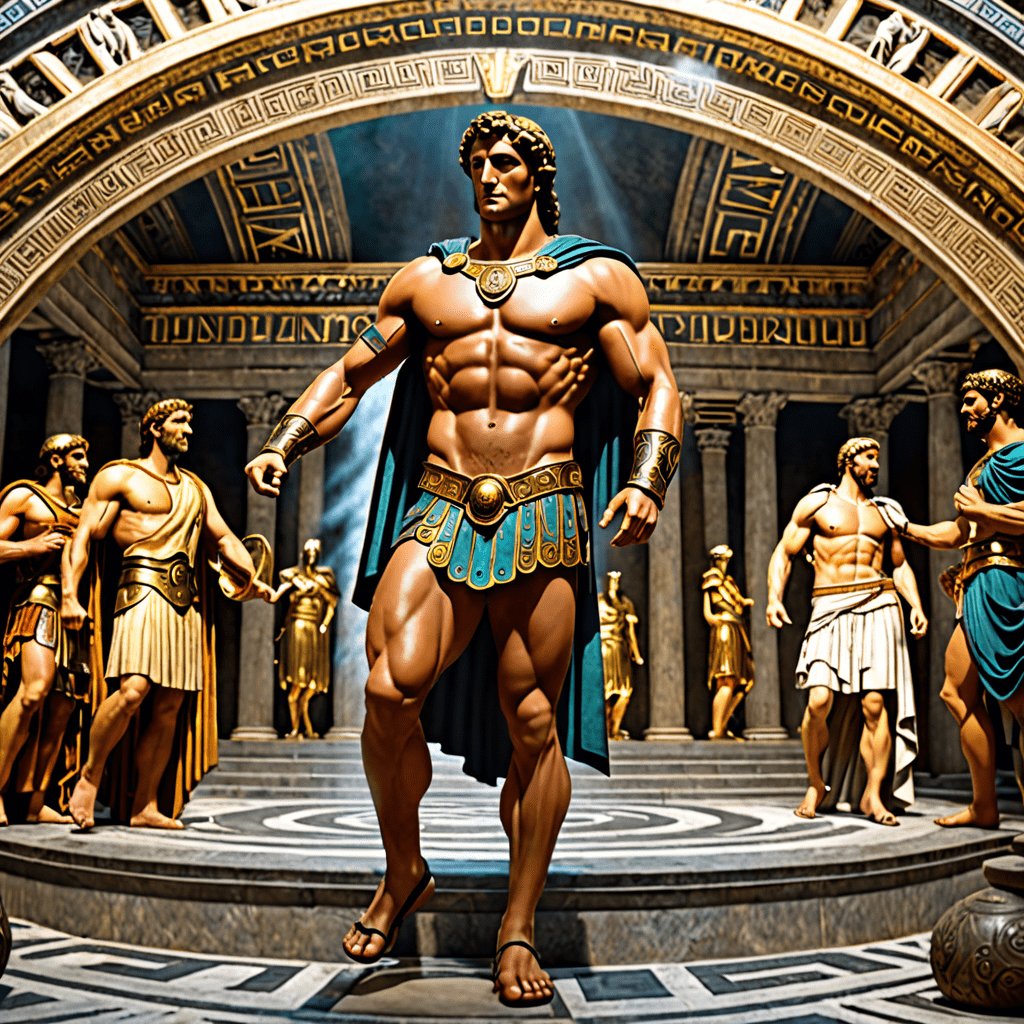Exploring the Concept of Balance in Celtic Mythology
In Celtic mythology, the concept of balance plays a crucial and intricate role in shaping the beliefs, values, and stories of the ancient Celts. This balance, often represented by the intertwining forces of light and dark, life and death, nature and civilization, provides a unique perspective on how the ancient Celts understood the world around them.
The Duality of Balance in Celtic Mythology
Celtic mythology often highlights the duality of balance, where opposing forces are interconnected and equally important. This duality can be seen in the contrast between the realms of the Tuatha Dé Danann, representing the light or divine, and the Fomorians, symbolizing the dark or chaotic. The harmony between these contrasting powers symbolizes the delicate balance that must be maintained in the natural order of the Celtic worldview.
The Role of Deities in Maintaining Balance
Deities in Celtic mythology also play a crucial role in maintaining balance in the cosmos. For example, the goddess Brigid embodies the balance between the light of the hearth and the transformative power of fire. Similarly, the god Lugh represents the harmony between warrior-like attributes and the skills of a craftsman. These deities serve as both guardians and embodiment of various aspects of balance within the Celtic pantheon.
Symbology of Balance in Celtic Art and Stories
The concept of balance in Celtic mythology is often visually represented in intricate knotwork patterns and symbolism, such as the famous Celtic knots. These knots, with their interlacing and seamless designs, are believed to symbolize the interconnectedness of all things and the balance that must be maintained between them. Stories such as the Táin Bó Cúailnge also include elements of balance, where characters are constantly faced with decisions that tip the scales between order and chaos.
The Importance of Honoring Balance in Modern Interpretations
As we delve into the rich tapestry of Celtic mythology, the concept of balance continues to offer valuable insights for modern interpretations. Understanding and honoring the delicate equilibrium between opposing forces can guide us in finding harmony in our own lives, relationships, and interactions with the world around us. By embracing the principles of balance inherent in Celtic mythology, we can cultivate a deeper appreciation for the interconnectedness of all things in our own lives.
FAQ about Exploring the Concept of Balance in Celtic Mythology
What is the concept of balance in Celtic mythology?
In Celtic mythology, balance is a fundamental principle that emphasizes harmony and equilibrium in nature, society, and the spiritual realm. It revolves around the interconnectedness of opposing forces, such as light and dark, life and death, and order and chaos.
How is the concept of balance represented in Celtic myths?
The concept of balance is often depicted through various mythical symbols and stories in Celtic mythology. For example, the symbol of the Celtic Tree of Life signifies the connection between the upper and lower worlds, representing the balance between heaven, earth, and the underworld.
Why is balance important in Celtic mythology?
Balance is crucial in Celtic mythology as it maintains order and harmony in the natural and supernatural realms. It ensures that neither extreme dominates, allowing for stability and the cyclical flow of life, death, and rebirth.



